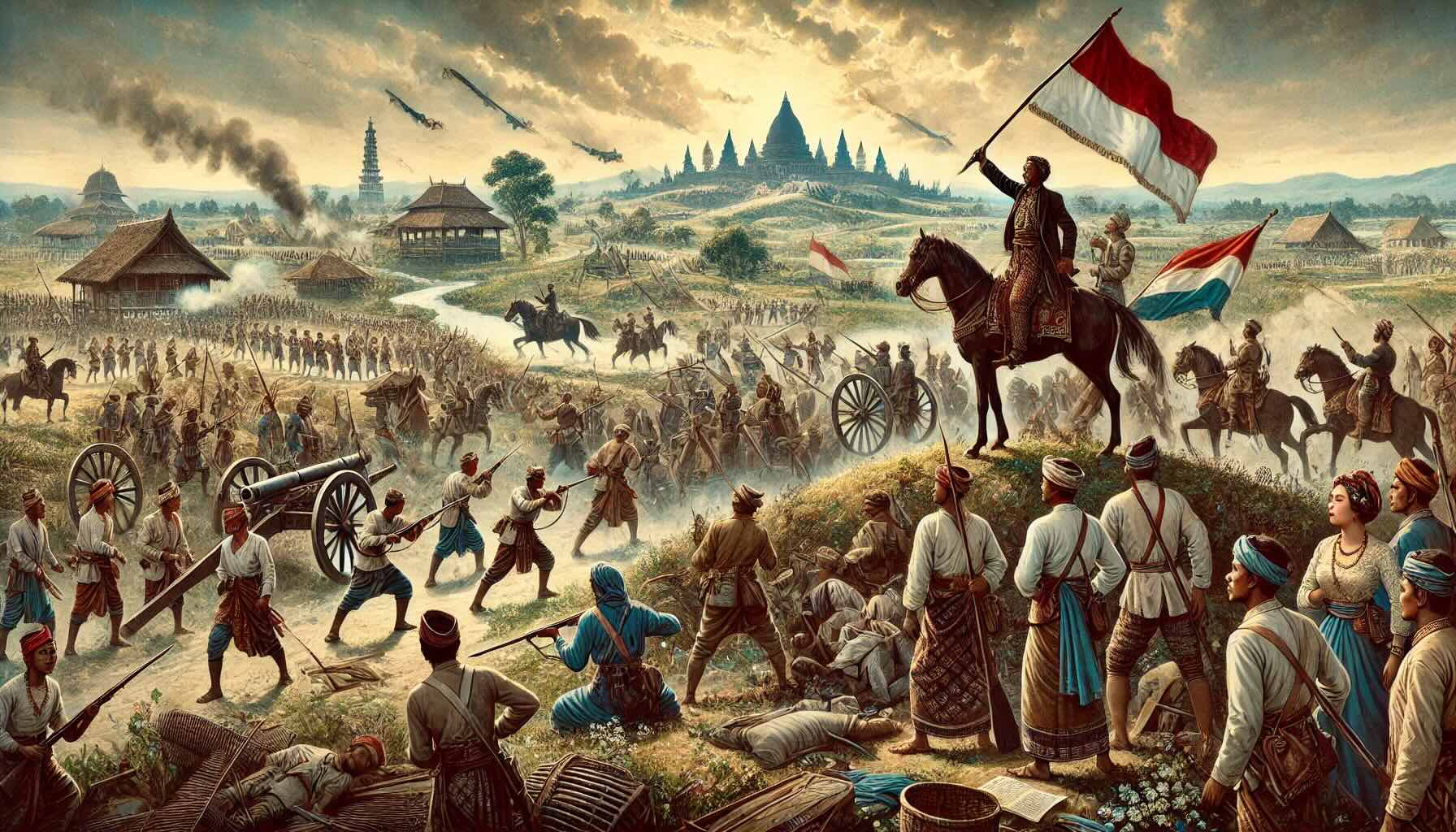
What was the Kelana Bhayangkara Rebellion? The Kelana Bhayangkara Rebellion was a significant uprising in Indonesian history. Taking place in the early 20th century, it was a response to colonial rule and local grievances. The rebellion was led by a charismatic figure named Kelana Bhayangkara, who rallied support from various factions. This revolt highlighted the growing discontent among Indonesians under Dutch colonialism. It also showcased the desire for independence and self-governance. The rebellion, though ultimately suppressed, left a lasting impact on the national consciousness. Understanding this event helps us appreciate the complex history of Indonesia's struggle for freedom.
Key Takeaways:
- The Kelana Bhayangkara Rebellion was a 1965 uprising in Indonesia led by dissatisfied military officers, resulting in a shift in political power and long-lasting impacts on the nation's history and culture.
- The rebellion, marked by intense battles and widespread violence, led to the establishment of the New Order regime and continues to influence Indonesian politics and society today.
The Origins of the Kelana Bhayangkara Rebellion
The Kelana Bhayangkara Rebellion is a significant event in Indonesian history. It was a complex and multifaceted uprising with deep roots in the socio-political landscape of the time.
- The rebellion began in 1965, during a period of political instability in Indonesia.
- It was primarily led by a group of military officers dissatisfied with the government.
- The name "Kelana Bhayangkara" translates to "Wandering Knights," symbolizing the rebels' quest for justice.
- The rebellion was partly fueled by economic hardships faced by the population.
- The rebels aimed to overthrow the existing government and establish a new regime.
Key Figures in the Rebellion
Several individuals played crucial roles in the Kelana Bhayangkara Rebellion. Their actions and decisions significantly impacted the course of the uprising.
- General Suharto, who later became Indonesia's president, was a prominent figure in the rebellion.
- Colonel Untung Syamsuri, a key leader, orchestrated many of the rebellion's initial moves.
- The rebellion also saw the involvement of various local leaders and activists.
- Many of the rebels were young military officers with a strong sense of nationalism.
- Some civilian supporters provided logistical and moral support to the rebels.
Major Events During the Rebellion
The rebellion was marked by several significant events that shaped its outcome. These events highlight the intensity and complexity of the uprising.
- The rebellion officially started with a coup attempt on September 30, 1965.
- The rebels managed to capture and execute several high-ranking military officials.
- The government quickly responded with a counter-offensive, leading to intense battles.
- The rebellion saw widespread violence, including mass killings and arrests.
- The conflict lasted for several months, causing significant disruption across the country.
The Aftermath and Impact
The Kelana Bhayangkara Rebellion had far-reaching consequences for Indonesia. Its impact was felt in various aspects of the nation's life.
- The rebellion led to a significant shift in political power, with General Suharto eventually taking control.
- It resulted in the establishment of the New Order regime, which lasted for over three decades.
- The rebellion caused a major crackdown on suspected communists and leftists.
- It led to significant changes in Indonesia's military and political structures.
- The rebellion's legacy continues to influence Indonesian politics and society today.
Cultural and Historical Significance
The Kelana Bhayangkara Rebellion holds a special place in Indonesian history and culture. It is remembered and studied for its lessons and implications.
- The rebellion is often depicted in Indonesian literature, films, and art.
- It is a subject of extensive academic research and debate.
- The rebellion is commemorated in various ways, including memorials and public events.
- It serves as a reminder of the dangers of political instability and the importance of national unity.
- The rebellion's story is taught in Indonesian schools as part of the national history curriculum.
Reflecting on the Kelana Bhayangkara Rebellion
The Kelana Bhayangkara Rebellion stands as a significant chapter in history. It highlights the resilience and determination of those who fought for their beliefs. This rebellion, often overlooked, played a crucial role in shaping the region's future. Understanding these events provides valuable insights into the struggles and triumphs of the past. The bravery and sacrifices of the rebels continue to inspire generations. By remembering these facts, we honor their legacy and ensure their stories are not forgotten. This rebellion reminds us of the power of unity and the impact of standing up for justice. As we reflect on these facts, let's appreciate the lessons learned and the enduring spirit of those who fought for a better future.
Frequently Asked Questions
Was this page helpful?
Our commitment to delivering trustworthy and engaging content is at the heart of what we do. Each fact on our site is contributed by real users like you, bringing a wealth of diverse insights and information. To ensure the highest standards of accuracy and reliability, our dedicated editors meticulously review each submission. This process guarantees that the facts we share are not only fascinating but also credible. Trust in our commitment to quality and authenticity as you explore and learn with us.
